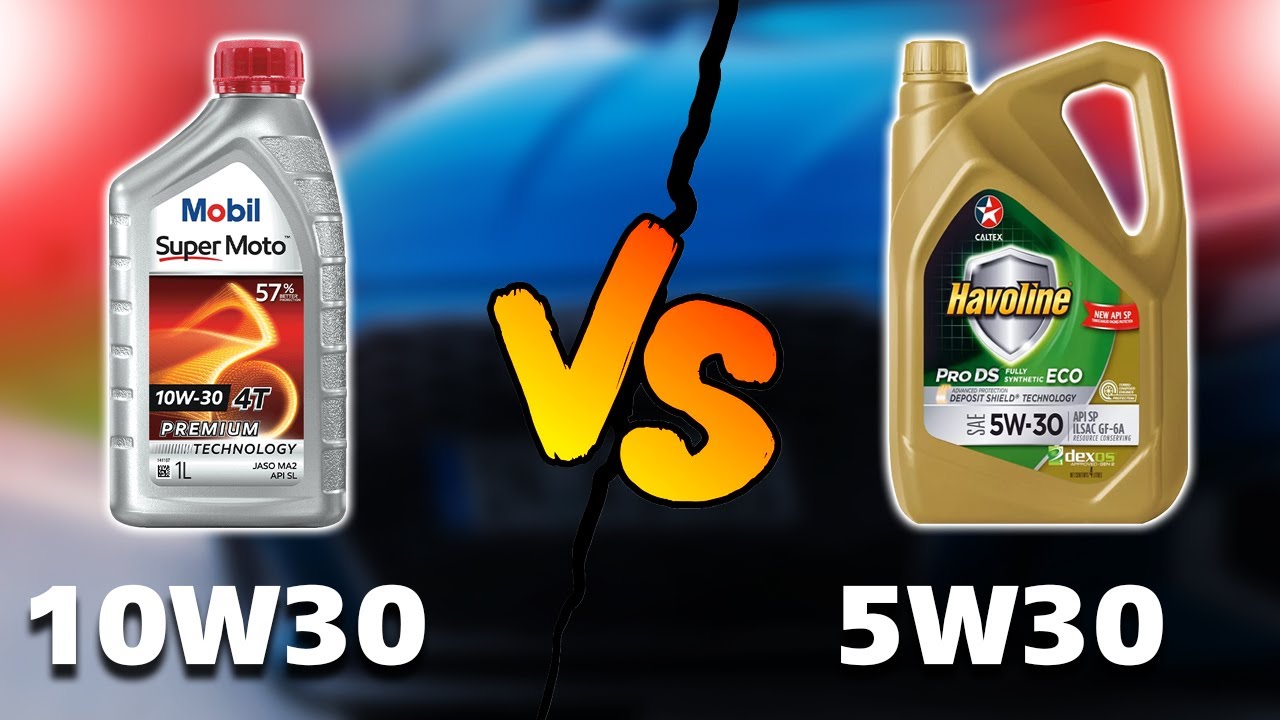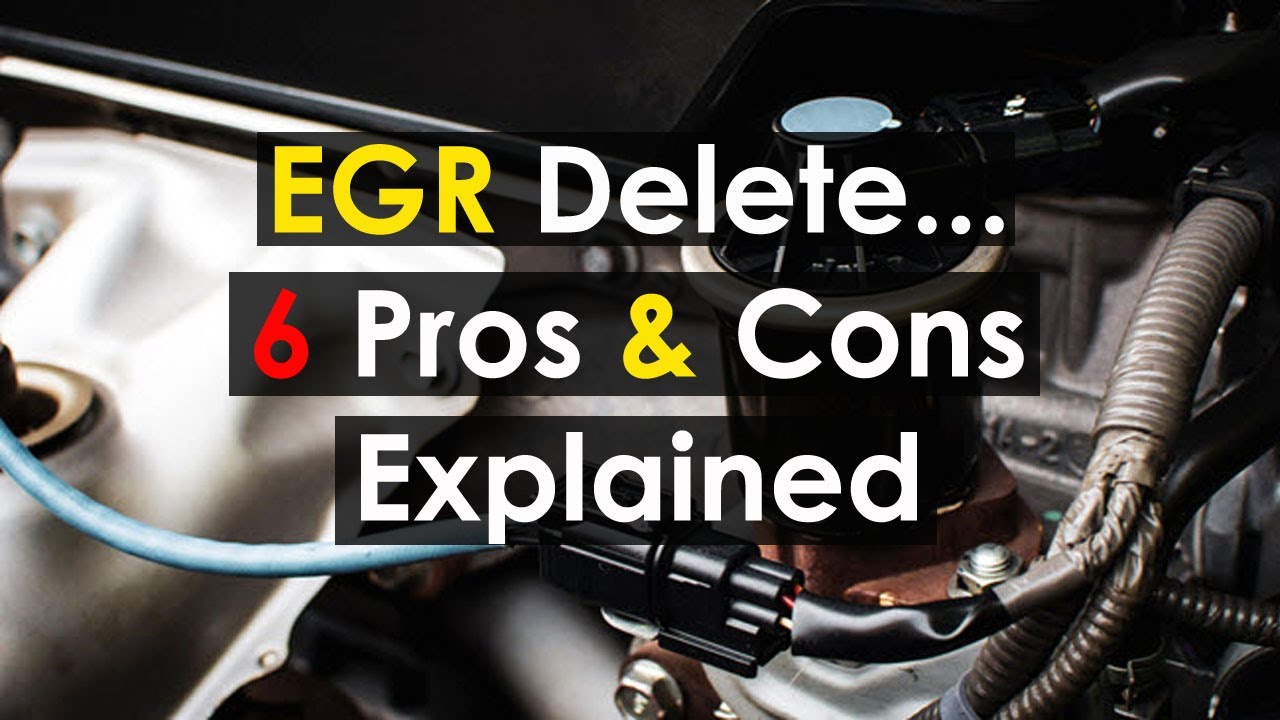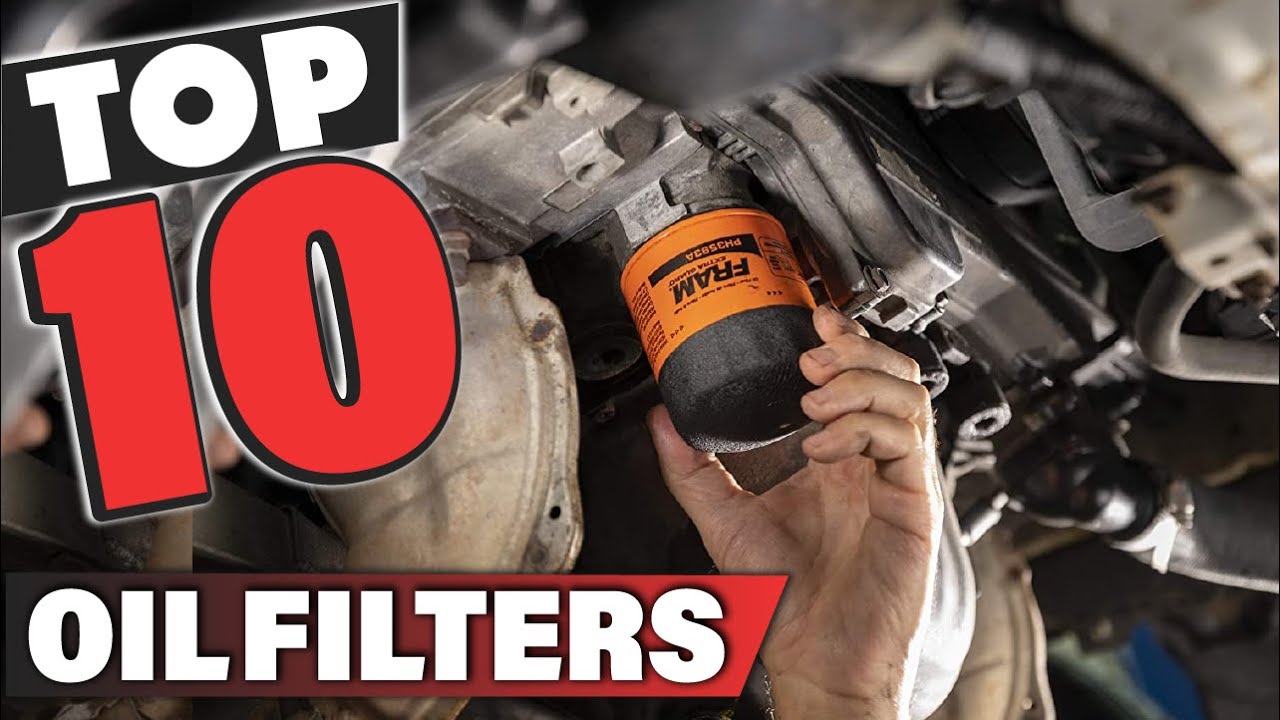Puzzled about picking the perfect engine oil? Dive into the depths of 5W-30 and 10W-30 oils – a choice that can rev up or relax your engine’s rhythm. Uncover the secrets behind these numbers and steer your vehicle towards optimal performance.
What does 10w-30 Vs. 5w-30 mean?
When it comes to choosing the right engine oil, the numbers on the bottle can be confusing. For instance, what does 10w-30 mean, and how is it different from 5w-30? The answer lies in the oil’s viscosity rating, which measures how easily the oil flows at different temperatures.
In the case of 10w-30 oil, the “10w” refers to its viscosity rating at cold temperatures, with the “w” standing for winter. The “30” represents the oil’s viscosity rating at hot temperatures. On the other hand, 5w-30 oil has a thinner viscosity rating when the engine is cold at 5w, making it easier to flow through the engine during start-up. So, the main difference between these two oils lies in their viscosity rating at cold temperatures.
Differences between 5w-30 and 10w-30
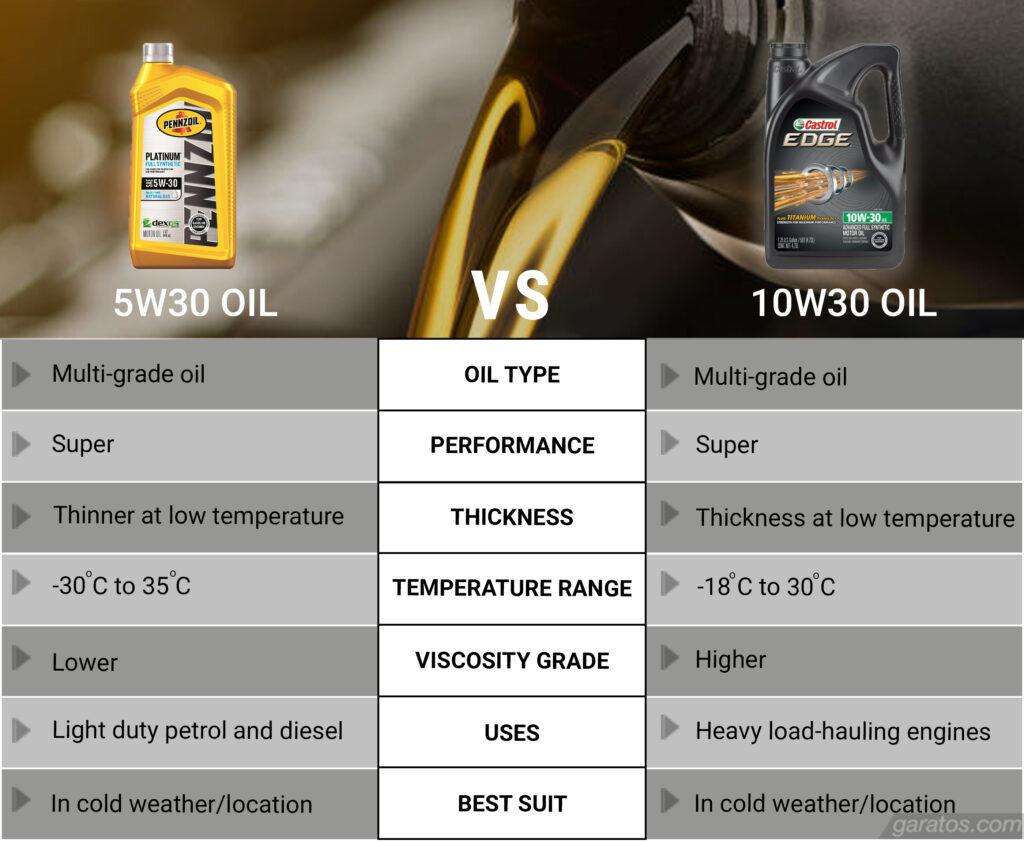
Even though both oils are multi-grade engine oil types, there are some prominent differences between them:
Viscosity at cold temperatures
5w-30 oil has a thinner viscosity rating at cold temperatures, allowing it to flow more easily during start-up. This can be beneficial in colder climates or for frequently started and stopped engines, such as in stop-and-go traffic. The thinner viscosity rating means the oil can circulate quickly through the engine, reducing wear and tear during the critical first moments after start-up.
On the other hand, 10w-30 oil has a slightly thicker viscosity rating at cold temperatures. While this may make it less suitable for frigid climates or short trips, it can benefit engines operating at higher temperatures. The thicker viscosity means the oil can better maintain its protective properties at high temperatures, reducing engine wear and tear during long trips or hot climates.
Viscosity at high temperatures
Both 5w-30 and 10w-30 oils have the same viscosity rating at high temperatures, which is 30. This means that both oils provide the same protection against engine wear and tear at high temperatures, such as during long trips or in hot climates. However, 10w-30 oil may provide better protection against wear during high-temperature operation due to its slightly higher viscosity rating. This can be beneficial for engines operating at high temperatures for extended periods, such as during long trips or in hot climates.
Fuel efficiency
Manufacturers often recommend 5w-30 oil for its ability to improve fuel efficiency by reducing engine friction. The thinner viscosity rating means the oil can circulate more quickly through the engine, reducing the energy required to move the engine components. This can result in improved fuel economy and lower emissions.
However, the difference in fuel efficiency between 5w-30 and 10w-30 oil is usually minor and may not be noticeable in everyday driving. Factors such as driving style, vehicle age, and driving conditions can also impact fuel efficiency, so it’s essential to consider these factors when evaluating the benefits of a particular type of oil.
Engine compatibility
Both 5w-30 and 10w-30 oils are compatible with a wide range of engines, but it’s essential to check the manufacturer’s recommendations and your vehicle’s owner’s manual before choosing an oil. Some high-performance or older engines may require a specific type of oil, such as synthetic or high-mileage oil.
Using the wrong type of oil can lead to engine damage and wear, so choosing an oil that meets the manufacturer’s specifications is important. Additionally, some manufacturers may recommend using a specific oil or oil additive brand, so following these recommendations is essential to ensure proper engine function.
Temperature Performance Range
The temperature performance range of engine oil refers to the range of temperatures at which the oil can effectively protect the engine. 5w-30 engine oil suits high and low temperatures, making it versatile. It has a low pour point, which means it remains liquid even at very low temperatures.
This is important because if the oil becomes too thick and viscous in cold weather, it won’t flow effectively through the engine, leading to increased wear and tear. 10w-30 engine oil has a slightly narrower temperature range than 5w-30 oil, as it may not be as effective in cold temperatures. However, it can still provide adequate protection in moderate to high temperatures.
API Ratings
API (American Petroleum Institute) ratings classify engine oils based on their performance characteristics. The API ratings are denoted by a pair of letters, with the first letter indicating the service category and the second letter indicating the performance level. 5w-30 and 10w-30 engine oils can have the same API ratings, meaning they meet the same performance standards.
However, the API ratings can also vary between different brands and formulations of oil. It’s important to choose an engine oil with an API rating recommended by the manufacturer for your specific vehicle, as using the wrong type of oil could potentially damage your engine. Additionally, using a higher-rated oil than recommended by the manufacturer may not provide any additional benefits and could be a waste of money.
Related: Why Engine Oil Turns Black?
Pros and Cons of 5W-30 and 10W-30 Oil
Both 5W-30 and 10W-30 are popular engine oil types that offer their own unique set of advantages and disadvantages. Here are some of the pros and cons of each oil type:
5W-30 Oil
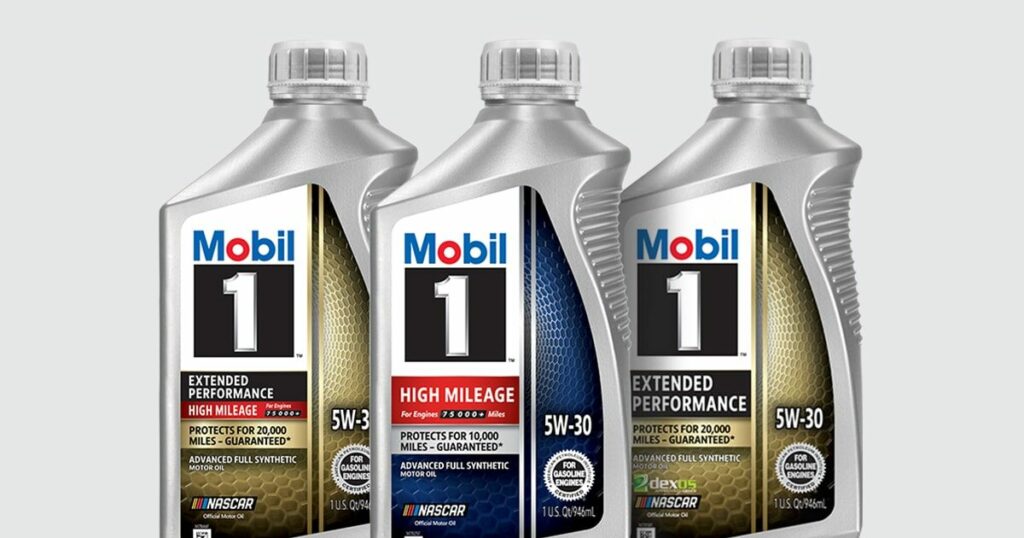
Pros
- Better cold-weather performance: 5W-30 oil has a lower pour point and flows more easily in cold temperatures, making it a better option for colder climates.
- Improved fuel efficiency: Due to its thinner viscosity, 5W-30 oil reduces engine friction and improves fuel efficiency.
- Faster engine warm-up: 5W-30 oil heats up faster than thicker oils, which means the engine reaches its optimal operating temperature more quickly.
Related: Oil Pressure Low Stop Engine: Causes & Fixes
Cons
- Less protection at high temperatures: 5W-30 oil can break down more easily at high temperatures, leading to reduced engine protection.
- Increased oil consumption: Thinner oils like 5W-30 can be more prone to burning or evaporating off, leading to increased oil consumption and more frequent oil changes.
- Limited compatibility: Some older engines may not be compatible with 5W-30 oil, so it’s important to check the manufacturer’s recommendations before using them.
10W-30 Oil
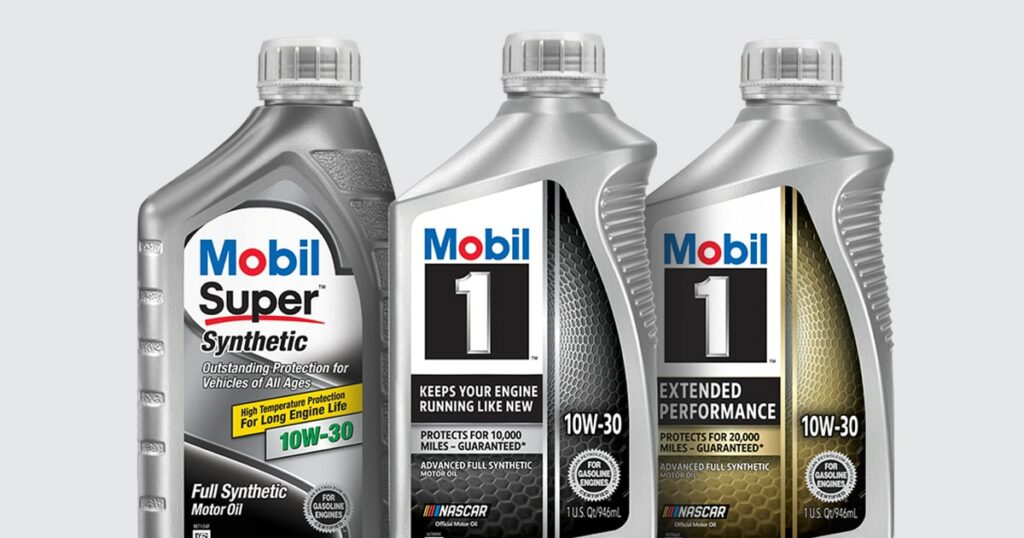
Pros
- Better high-temperature performance: 10W-30 oil is thicker and more resistant to breakdown at high temperatures, making it a better option for hotter climates.
- Improved engine protection: Thicker oils like 10W-30 provide better engine protection against wear and tear.
- Reduced oil consumption: Thicker oils like 10W-30 are less prone to burning or evaporating off, leading to reduced oil consumption and longer oil change intervals.
Cons
- Poor cold-weather performance: 10W-30 oil has a higher pour point and flows less easily in cold temperatures, making it a less ideal option for colder climates.
- Reduced fuel efficiency: Thicker oils like 10W-30 can cause more engine friction and reduced fuel efficiency.
- Longer warm-up time: 10W-30 oil takes longer to heat up than thinner oils, which means the engine takes longer to reach its optimal operating temperature.
FAQs
Can I use 5W-30 instead of 10W-30?
It depends on the manufacturer’s recommendations for your specific vehicle. While both oils are common, some engines may require one over the other. Always refer to the owner’s manual or contact a professional mechanic for guidance on which oil to use.
Is 5W-30 oil better than 10W-30 oil?
Neither oil is inherently better than the other, as they both have their own advantages and disadvantages. The choice between 5W-30 and 10W-30 depends on the specific needs of your engine and the driving conditions you encounter.
Can I mix 5W-30 and 10W-30 oil?
Mixing different types of oil is generally not recommended, as it can negatively impact engine performance and potentially cause damage. Stick to one type and viscosity rating of oil for best results.
How often should I change my oil?
The frequency of oil changes depends on factors such as driving habits, vehicle age, and manufacturer recommendations. As a general rule, most experts recommend changing your oil every 5,000 to 7,500 miles or every 6 months to ensure optimal engine performance and protection.
Conclusion
In conclusion, the choice between 5W-30 and 10W-30 motor oil ultimately comes down to the specific needs of your vehicle and the driving conditions you encounter. Both oils offer advantages and disadvantages, with 5W-30 generally offering better cold-weather performance and fuel economy and 10W-30 offering better high-temperature protection and engine durability.
When selecting an oil, refer to your owner’s manual or consult a professional mechanic for guidance on which type and viscosity rating is best for your engine. It’s also important to follow recommended oil change intervals to ensure optimal engine performance and protection over the lifespan of your vehicle.
